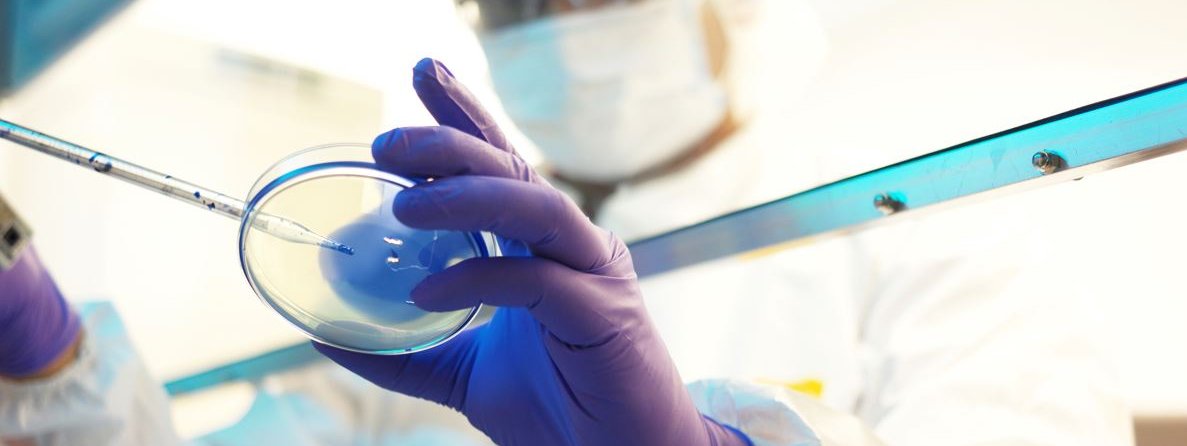
Biological hazards in the workplace: an underestimated problem
Despite significant advancements in workplace safety in recent years, biological risks are still underestimated compared to chemical hazards. Recently published reports by the Labor Inspectorate claim that biological risks are well-recognized and controlled. However, our findings reveal that there are still critical gaps in how these risks are identified and managed.
For the development of our Stoffenmanager® BioRisk model, we visited several Dutch companies to test our bioaerosol inhalation algorithms in practice. This led to some striking conclusions:
Insufficient knowledge and recognition
There is a significant lack of knowledge about biological agents among employees and employers, depending on the sector. As a result, the risks are not always well recognized, and safety measures often fall short. This problem is less prevalent in laboratories working with pure biological agents. Biological hazards do not receive the same level of attention as chemical hazards, partly due to the subtle and often delayed health effects they can cause. This can lead to a false sense of security. Using our Stoffenmanager® BioRisk model, companies were able to better structure their exposure assessments and raise awareness.
Inconsistent control measures
Although there are measures in place to control biological hazards, they are often not as consistent and stringent as those for chemical hazards. The implementation of these measures varies greatly between companies. The Stoffenmanager® BioRisk model helps companies better calculate and improve the effectiveness of these measures.
Education and training
There is a clear need for more investment in information provision, such as courses, for employees to ensure a good understanding of biological hazards. These programs need to be as comprehensive and accessible as those for chemical risks.
Vaccination policy
The availability of vaccinations varies significantly by sector. Some companies do offer vaccinations, but this is not yet a standard practice, especially for less well-known or emerging biological threats.
Extra care for vulnerable groups
While there is a lot of attention for pregnant women as a special risk group, other vulnerable groups, such as people with existing health problems or employees in high-exposure occupations, also need better protection. Specific measures and increased awareness are essential to protect these groups from the unique risks posed by biological agents.
With the insights from our Stoffenmanager® BioRisk model, companies can be better prepared and enhance the safety of their employees. Let's work together to take biological hazards in the workplace seriously and address them effectively!